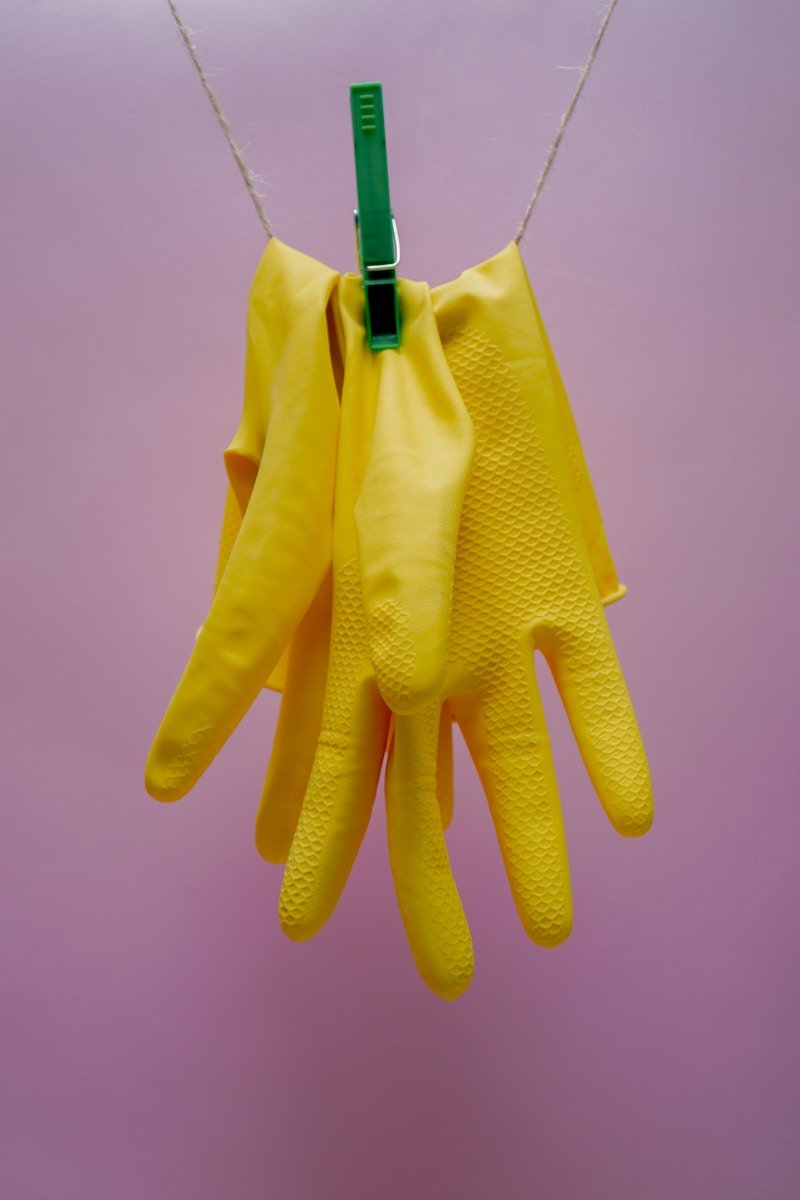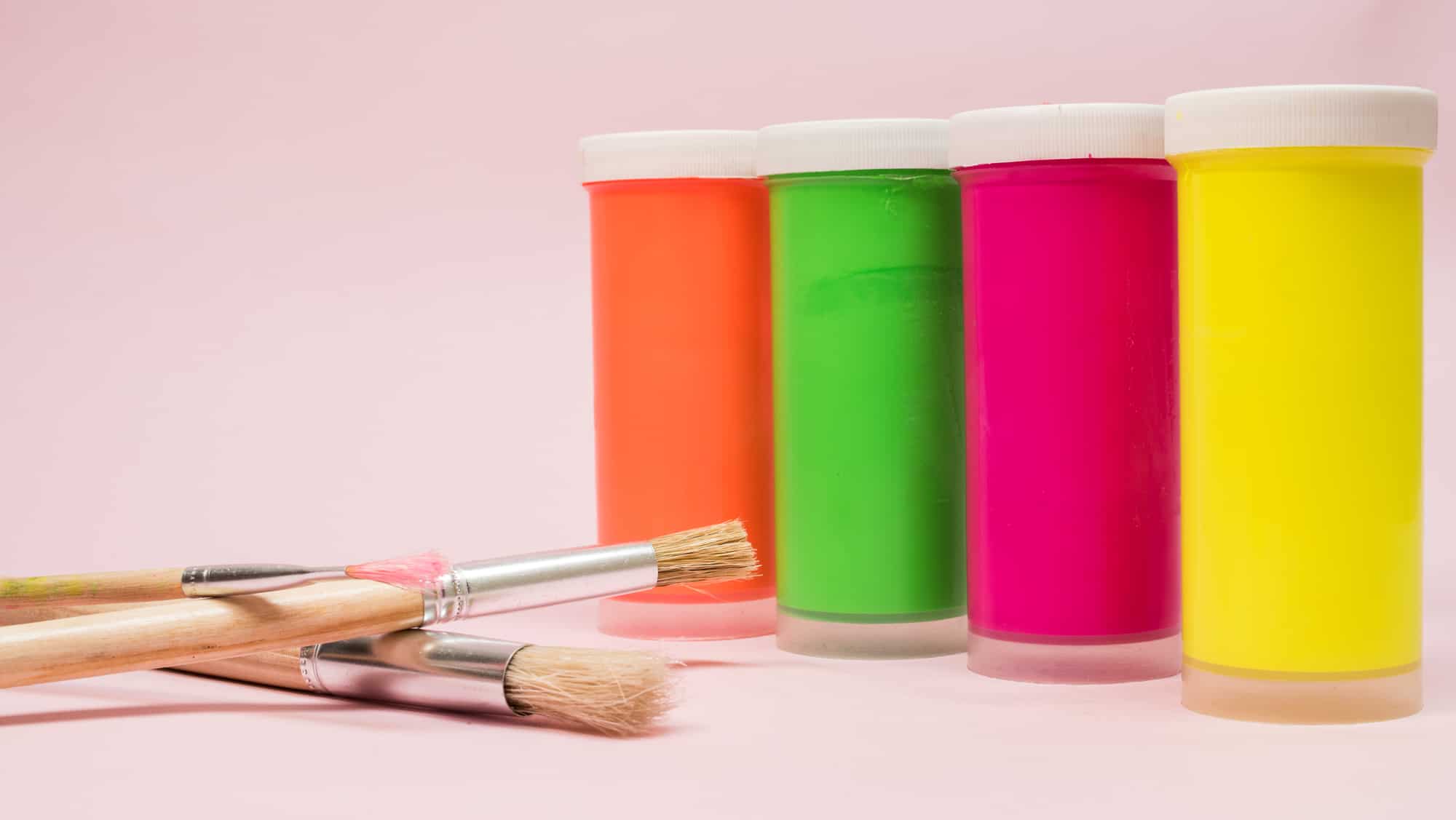If you have an aquarium, grapevine wood is something you may be familiar with. It adds pizzazz to something that’s otherwise nothing more than a glass box with water and has other decorative functions. However, before using grapevine wood, you should know a few things.
Grapevine wood is a vine-like wood often used for decoration. You can find it in aquariums, miniature fences, bridal archways, and the like. It’s generally safe for pets and can function as firewood for smoking and grilling.
This article will go into detail about what grapevine wood is. It’ll also cover everything else you may need to know: grapewood’s common uses, how hard it is, where you can find or buy it, how safe it is with different pets, and whether you can use it for smoking or grilling.
What Is Grapevine Wood? What Is It Used For?
Grapevine wood is an acidic vine-like wood. Also known as Vitis spp. or grapewood, it can provide a non-toxic terrain and cover aquatic animals, reptiles, hamsters, birds, and insects. It also functions as a woven accent piece and artistic decor.
Grapevine wood originates from vineyards in the Mediterranean region. It’s found in western locations in North America and can grow up to 36 in (91.4 cm) in height.
The wood has smooth, knotted, and twisted branches that can be red, white, brown, or black. Often, the branches come in a mixture of the above colors.
Aside from aquariums, you can also find grapewood in places like bridal archways, miniature fences, figurine displays, and wreaths.
How Hard Is Grapevine Wood?
Grapevine wood is a hardy plant. It’s an evergreen type of vine and softwood with a smooth texture that doesn’t splinter even if it breaks apart. Grapewood can survive and be productive even with more than 50% phloem (bark) damage.
You must prune and trim the wood-like vines for the following year’s crop because they turn hard, inflexible, and woody in the winter after harvest (sources: Blue Fox Farm & Washington State University).
Despite the name, “softwood” doesn’t mean a soft plant. Instead, “softwood” refers to how light a plant is relative to others. Softwood grows faster and is more porous, making it easier to work with and more eco-friendly (sources: Wikipedia & RoyOMartin).
Examples of softwoods include:
- Pine
- Cedar
- Redwood
- Spruce
- Douglas fir
Where To Find and Buy Grapevine Wood
In the United States, most grapevine wood comes from vineyards in California, harvested around the same time as the grapes. The harvesters dry out the wood thoroughly before selling them. Once the grapevine wood is entirely gone, a new crop will stay in place for the next growing season.
The ones who commonly use grapevine wood are vivarium hobbyists, aquarium owners, and reptilian pet owners. Vendors usually sandblast grapevine wood and offer it in varying sizes due to the nature of its growth.
Sizes available for purchase generally fall between six to 36 in (15 to 91.4 cm) in length.
Here are a few places you can find grapevine wood:
- Zoo Med Sandblasted Grapevine (available on Amazon). If your pet needs a platform to bask on, this one’s perfect. It has a medium 12-in (30 cm) size with parts twisted in different directions.
- T-Rex Reptile Terrarium Decor (available on Amazon). This one’s available in three sizes and works well in various environments. The biggest is 16 to 22 inches (41 to 56 cm) long.
- Ougual Natural Grapevine Twig Garland (available on Amazon). The package includes two pieces of 15 ft (4.5 m) rolls of slender vines for wreaths, crafts, and decor. They’re natural and therefore environmentally friendly.
- Large You & Me Grapevine Bird Perch (available on Petco). The uneven quality of this perch helps your bird maintain healthy feet.
To buy the best and highest quality grapevine wood, there are a few things you should check.
- Look for grapevine wood free of pests. You can usually find these from reputable pet stores. Check online reviews of a store before you buy from them.
- If you’re using grapevine wood for your pets, avoid the ones from hardware stores or outdoors. Wood from these places may be contaminated or treated with toxic chemicals (e.g., pesticides) that can harm your pet.
- Determine what length and width will best serve your needs for a vivarium, terrarium, aquarium, or craft project. This will help narrow down the sizes you need.
- Sterilize the wood before putting it in an enclosure. Brush the wood lightly to remove any dirt or sand. You can also pressure wash or boil it in a pot if it’s small enough.
If you’re not using the wood in an aquarium, let it dry out completely before putting it in a dry enclosure.
Check out this helpful video about sterilizing wood on YouTube for more information.
Is Grapevine Wood Safe To Use in Aquariums?
In freshwater aquariums, grapevine wood leaches tannins better than other driftwood types. The result is water getting a yellowish tone which can look unsightly. That’s not enough reason to write off grapevine wood for use in aquariums, though.
Grapevine wood is safe to use in aquariums. The tannins grapewood leaches are beneficial because they lower the pH and hardness of the water. Most animals survive on pH levels under 7, making grapewood’s leeching abilities useful for aquarium setups.
Grapevine wood is usually available in pet stores cured and sandblasted (source: Bantam Earth). The curing and sandblasting processes are essential to maintaining an environment safe for animals.
Curing wood involves air drying or heating in a kiln to release moisture and protect against decay. Otherwise, soaking the wood in water will attract decay and potentially harm your pet (source: Cut the Wood).
On the other hand, sandblasting uses air pressure and sand to remove the bark. This method keeps peeling pieces from floating around and hurting your pet (source: News 9).
It’s important to note that you have to replace grapewood with white fuzzy mold and fungus. Typically, it would help if you changed your grapewood annually.
Also, newly-purchased wood will float and may need time to sink. You may have to anchor or pre-soak the wood for several weeks before you can use it.
Is Grapevine Wood Safe for Reptiles?
Grapevine wood is safe for reptiles. You can see them using it as a cover or standing up and reaching higher vantage points in the enclosure. Grapewood will last indefinitely if you keep it clean and as moisture-free as possible.
Grapevine wood works well with enclosures that have dry areas or land. Reptiles can live in paludariums (half aquatic and half terrain) or terrariums (very little or no aquatic components). You can leave the bark on the grapevine wood, giving it a more weathered and authentic look.
Is Grapevine Wood Safe for Hamsters?
Hamsters love to chew since they need to keep their ever-growing teeth within a safe length. Any wood or toys given to a hamster should contain safe materials free from pesticides and other harmful toxins and chemicals.
Grapevine wood is safe for hamsters in general. Hamsters are less sensitive to woods than other pets like chinchillas or rabbits. On the other hand, woods such as cedar, oleander, and yew are unsafe for hamsters.
That said, it’s hard to find a comprehensive list of woods safe for hamsters to chew or use as bedding sawdust. Please consult a pet store or veterinarian for more information and expertise in the care of your pet.
Generally, hardwood better suits hamsters’ bedding and chewing needs (sources: Exotic Animal Supplies & Our Funky Pets).
Is Grapevine Wood Safe for Parrots?
Grapevine wood is safe for parrots as long as it’s free from pests, toxins, and chemicals. Parrots love to perch and peck, and grapewood is an excellent and safe option for them to use. However, it’s not the best option for a perch.
As mentioned above, softwood doesn’t mean “soft” in the strictest sense of the word (source: M.D. Vaden). A perch should accommodate your bird’s weight. If you’re looking for the best place for your bird to rest, read package labels and ask a pet store or veterinarian for advice.
Also, your parrot will likely sharpen its beak on the wood. It’s crucial to check the perch periodically for stability. Otherwise, replace it for the bird’s safety.
Some perches you can use include:
- NA Seasonsky Natural Grape Stick Fork Bird Perch (available on Amazon). The branches offer a naturally uneven surface to give your parrot exercise as they move along and perch on it. You can install these using the metal wing nuts and built-in bolts on the ends.
- Large You & Me Grapevine Bird Perch (available on Petco). In addition to how it promotes your bird’s foot health, this one has a vertical perch with a wing nut and bolt for secure attachment.
Can You Use Grapevine Wood for Smoking or Grilling?
You can use grapevine wood for smoking or grilling. Hand-pruned and air-dried vines work best for cooking beef, pork, fish, and more. Some types of wood can add flavor to your food, depending on the form they come in.
If you find grapevine wood in the form of bisquettes (formed sawdust discs), pellets, or whole pieces, the wood will add a tart and fruity flavor. Gently cook your food using this wood until you find the flavor profile you like (source: Cement Answers).
Conclusion
Grapevine wood is a lightweight and versatile material, and you can use it with pets, crafts, decor, and food prep. Knowing this, you can use grapevine wood to add color to your pet’s home as well as your house.














